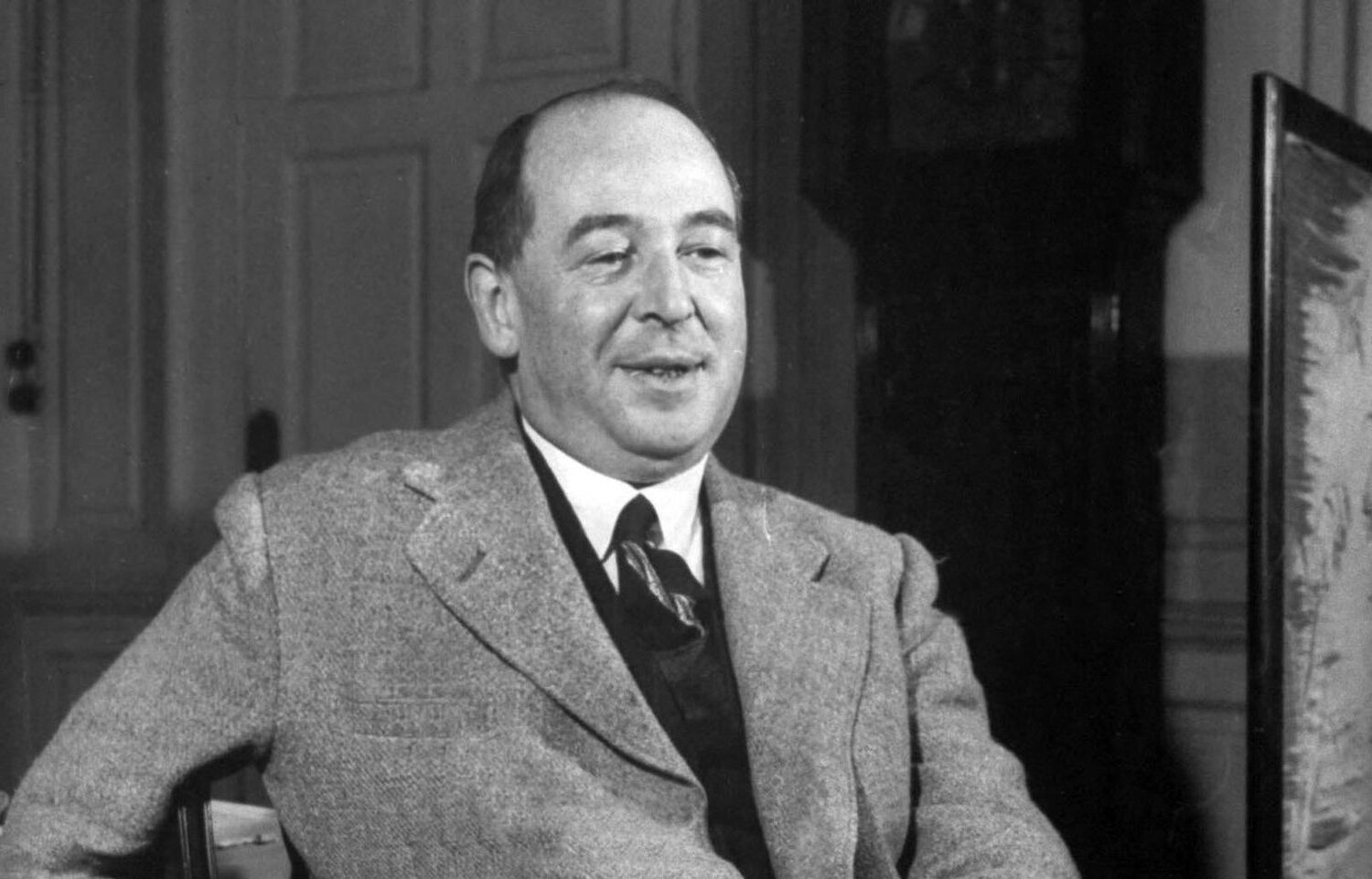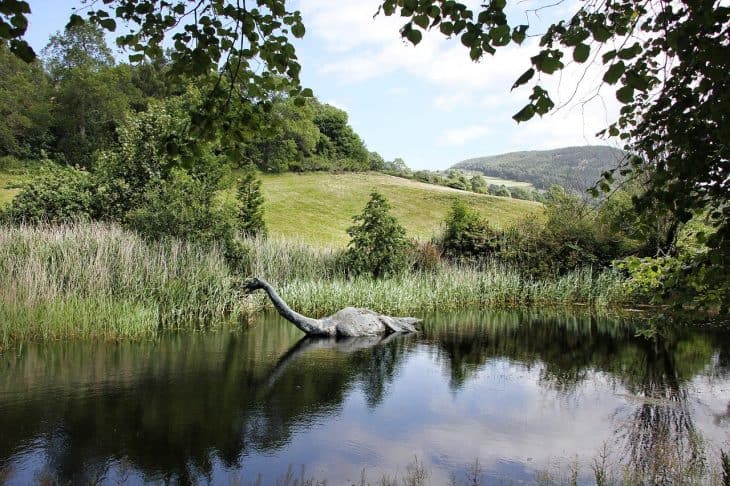
Even in our modern age of the 21st century, the mystery of the Loch Ness Monster continues to captivate. No matter how many times the experts deny its existence, the Loch Ness Monster still manages to capture the public’s imagination. So much so, there have been numerous movies and television featuring it. Now, that’s no myth, you can count on that being one of the true blue Loch Ness Monster facts!
Some of the best Loch Ness Monster movies are well-known and may be found in a variety of styles. A few are horror flicks, while others are family films. One is titled, “The Water Horse: Legend of the Deep”. This movie is a family-friendly story about a boy who finds a mysterious egg. One of the scarier ones is “Beneath Loch Ness,” a 2002 thriller film directed by Chuck Comisky. Though there are several versions of the legend, most involve mention of a dragon or dinosaur-like creature in the water or in a nearby neighborhood.
One of the first Loch Ness sightings happened on May 2, 1933. Part-time journalist Alex Campbell identified the possibility of a monster in the loch. Months later, on August 4, 1933, a certain George Spicer and his wife saw a creature that looked like a dragon waddling across the road. It had an animal in its mouth. From then on, more than 1,000 sightings of the Loch Ness “monster” have been reported, spawning a slew of theories. Some say the loch is home to a prehistoric treasure, while others think it’s merely a log or a boat wake.
Truth? Or fiction? Whatever you may believe, if you’d like to learn more about this mystery of the deep, go and check out our list of 40 Loch Ness Monster Facts below.
- The lake of Loch Ness lies in the Scottish Highlands, about 37 kilometers southwest of Inverness.
- It is named after the River Ness, which flows from the loch’s North end.
- The River Oich to the south connects Loch Ness to Loch Oich.
- At its deepest point, the lake goes down to a depth of 230 meters.
- Loch Ness has the most water out of any body of water in the British Isles.
- Oral traditions have long existed about a monster living in the waters of Loch Ness.
- The Irish monk Saint Columba supposedly drove the monster away in the 6th century AD.
- Newspapers published articles about the Loch Ness Monster as early as the 19th century.
- A Scottish newspaper claimed in 1879 that a water horse lived in Loch Ness.
- The Loch Ness Monster first attracted widespread attention in 1933.
- In 1934, Arthur Grant claimed to have hit the monster while riding a motorcycle nearby.
- G.E. Taylor made the first supposed film of the monster in 1938, but study proved the images in the film belonged to a log in the water.
- The first sonar scans of the lake before the 1950s provided only inconclusive data.
- Swedish naturalist Bengt Sjögren wrote in 1980 that the Loch Ness Monster evolved as a modern distortion of traditional kelpie folklore.
- Scholars today don’t think a single explanation exists for all the supposed sightings of the Loch Ness Monster.
- Fans affectionately call the Loch Ness Monster Nessie.
- Common imaginings of the monster include a dragon, a giant fish, or a sea serpent.
- The Loch Ness Monster serves as the unofficial mascot for the pseudoscience of cryptozoology.
- Some cryptozoologists argue that the monster once existed, only to die from global warming.
- Ancient Irish myths about the Caoranach, the mother of demons and devils, and the Oillipheist, a sea serpent-like creature, may have contributed to the Loch Ness Monster myth.
Descriptions of the monster surprisingly stay uniform between the people who claimed to have seen it.
The oldest published descriptions of the monster all compare it to the dragons of myth and legend. More recent ones add more details, such as the monster having a long neck, and a large body with one or more humps on its back. Since the monster usually stays in the water, it doesn’t get described with a tail. The rare sightings of the monster out of the water, though, tend to describe it as having a tail, along with webbed feet.
The Surgeon’s Photograph makes up the most famous picture of the Loch Ness Monster.
It takes its name from the picture taker, Robert Wilson, a surgeon from London who took the picture in 1934. He supposedly saw the monster while looking at the lake, and managed to take four pictures before the monster returned to the water. Of those four pictures, only two showed the monster, with the first becoming the Surgeons’ Photograph. It shows the monster’s neck and back sticking out of the water, the lake’s water rippling around it as the monster swims away.
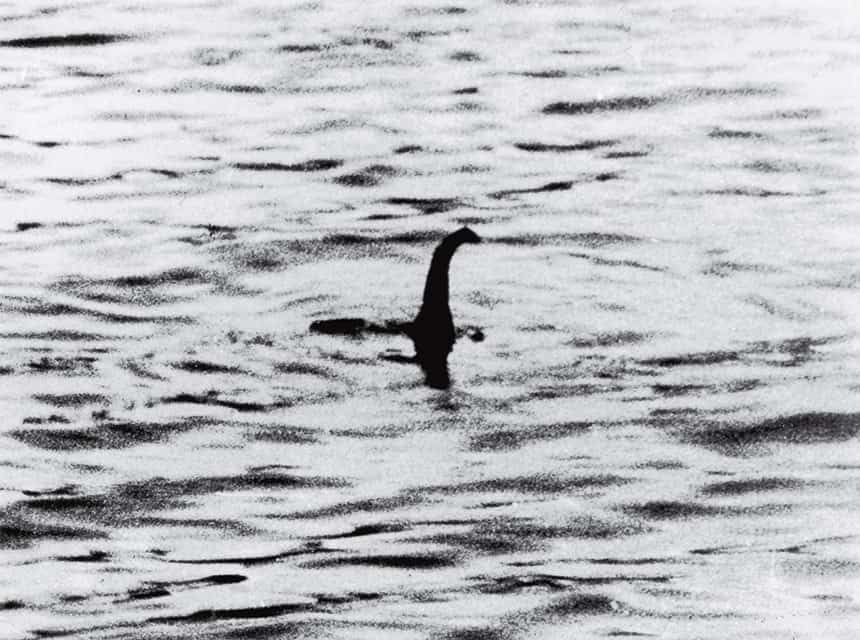
A December 1975 edition of the Sunday Telegraph exposed it as a hoax, though. It turned out that Marmaduke Wetherell used a toy submarine as a stand-in for the monster, and had his grandson Ian Wetherell take pictures. Insurance agent Maurice Chambers then gave the pictures to his friend Wilson, who sold it to the Daily Mail, as revenge for their humiliation of Wetherell in a past article.
The Dinsdale film makes up another picture of the Loch Ness Monster.
Tim Dinsdale filmed it in 1960, it was supposedly of the monster’s hump poking above the water as it swam just below the surface. He took it on the last day of a 6-day search for the monster and managed to capture its movements on 12 meters of film.
Experts, though, disagree with the film serving as proof of the monster’s existence. Instead, they point out how enhancing the film actually shows the hump on the lake as a man in a boat. And even without enhancing the film, they point out how the images can point to other, more rational explanations, such as a floating log. Cryptozoologists, however, refuse to give up, even claiming that the enhanced details actually show the shadow of the monster’s body just under the lake.
Antony Shiels took what many cryptozoologists consider the clearest pictures of the monster.
Magician and psychic Antony Shiels took the pictures in 1977 while camping near Urquhart Castle in Scotland. He even claimed to have used his powers to summon it out of the water in the first place, allowing him to take its pictures. Experts disagreed, and even outright called the monster in his pictures the “Loch Ness muppet” for how it looked so obviously staged.
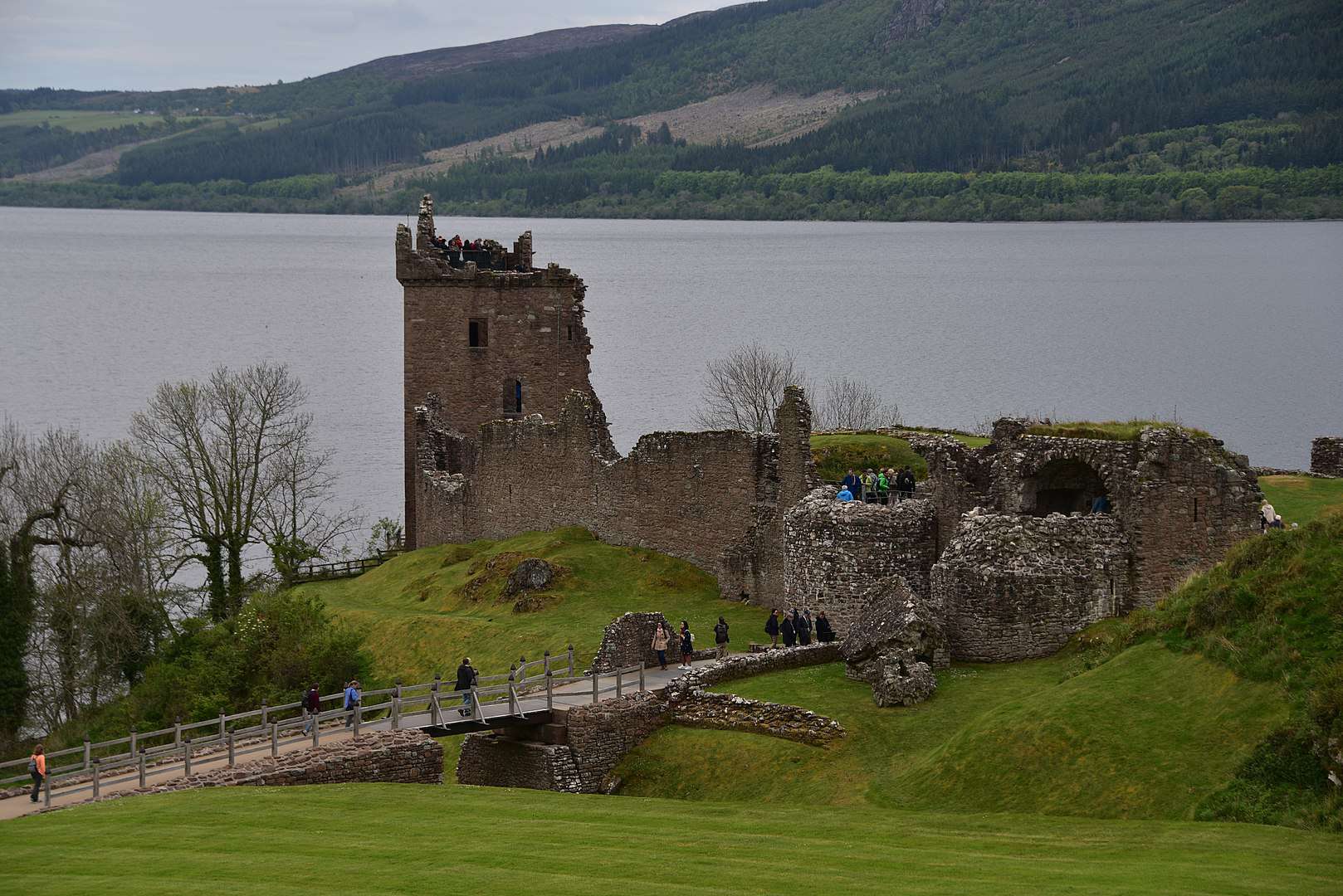
George Edwards claimed to have taken a picture of the monster in 2011.
He took the photo in 2011, during one of his daily searches for the monster in the lake. Experts disagreed, instead pointing out the hump in the water that Edwards pictured which turned out to be a fiberglass model from a National Geographic Channel documentary that Edwards had participated in. Edwards later admitted in 2013 that yes, he had faked his monster photo from 2011.
Sonar readings from the 1950s onward have drawn controversy.
In 1954, sonar from the fishing boat Rival III picked up a large object keeping pace with the boat underwater, at a depth of 146 meters. Cryptozoologists believe this proves Nessie’s existence, but experts see it as unclear, with other explanations possible.
Deliberate searches with sonar in the 1960s picked up two mysterious readings, the first of which they later dismissed as a shoal of fish. The second, though, remains a mystery, as it didn’t match the readings fish would give on sonar. Another sonar reading from a boat in 2011 picked up something similar to the Rival III’s findings, at a depth of 23 meters. The readings didn’t match those for fish or a seal, but in 2012 scientists confirmed it as a patch of algae and zooplankton.
Edward Mountain made the first organized search for the monster in 1934.
He did so in 1934, over the course of five weeks starting on July 13 that year. Twenty men with binoculars and cameras combed Loch Ness’ surroundings, looking for any sign of the monster. They managed to take a total of 21 photographs, none of which experts find especially convincing. Supervisor James Fraser stayed until September when he managed to catch the monster on film. Experts also dismiss it as proof of the monster, identifying the animal on film as a seal in the distance.
A special society formed to search for the monster actually once existed in Britain.
They called themselves the Loch Ness Investigation Bureau (LNIB), founded by Normal Collins, Richard Fitter, David James, Peter Scott, and Constance Whyte in 1962. From 1965 to 1972, they maintained a camp near the lake at Achnahannet and regularly sent observers around the lake. At the LNIB’s height in 1969, they had over a thousand members, with just over half coming from Britain. The LNIB eventually disbanded in 1972.
Robert Rines searched for the monster in great detail from the 1970s onward.
In 1972, he used a combination of sonar and an underwater camera to try and find the monster. He eventually managed to take a picture of its fin, but later admitted to retouching the photo, as the original proved to be too blurry.
Another search in 1975, led Rines to claim to have taken pictures of the monster’s body and head. Experts disagreed, identifying the monster’s supposed body as a log, and its supposed head as a stump. In 2001, Rines made another search, and while he failed to find the monster, he claimed that the lake may have a hidden connection to the sea. Experts proved most accepting this time, based on how Rines found marine clams and fungi under the lake. A final search in 2018 found nothing of interest at all.
The broadcasting company BBC also sponsored their own search for the monster in 2003.
They used no less than 600 sonar systems for the search, backed by satellite tracking. Experts testified that BBC’s methods allowed them to pick up a small buoy in the middle of the ocean. The search found no sign of the monster, leading BBC to publicly declare the Loch Ness Monster as nothing more than a myth.
In 2014, some people claimed that Apple Maps had spotted the monster.
In that year, a satellite image by Apple Maps showed what looked like a large animal of some kind on the northern side of the lake. Cryptozoologists claimed it as proof of Nessie’s existence, but experts dismissed it as the wake of a boat. The boat itself had become obscured as a result of image stitching Apple Maps’ own program. Other experts dismissed it as a seal making ripples on the water, or even just simple floating wood.
Google Street View celebrated the Surgeon’s Photograph’s 81st Anniversary.
This took place in 2015 when they put up a Google Doodle online. They also added a temporary feature on Google Street View, allowing users to explore the lake both above and below the water. In preparation for the event, Google cooperated with Catlin Seaview Survey, using cameras on a boat to take the necessary images of the lake.
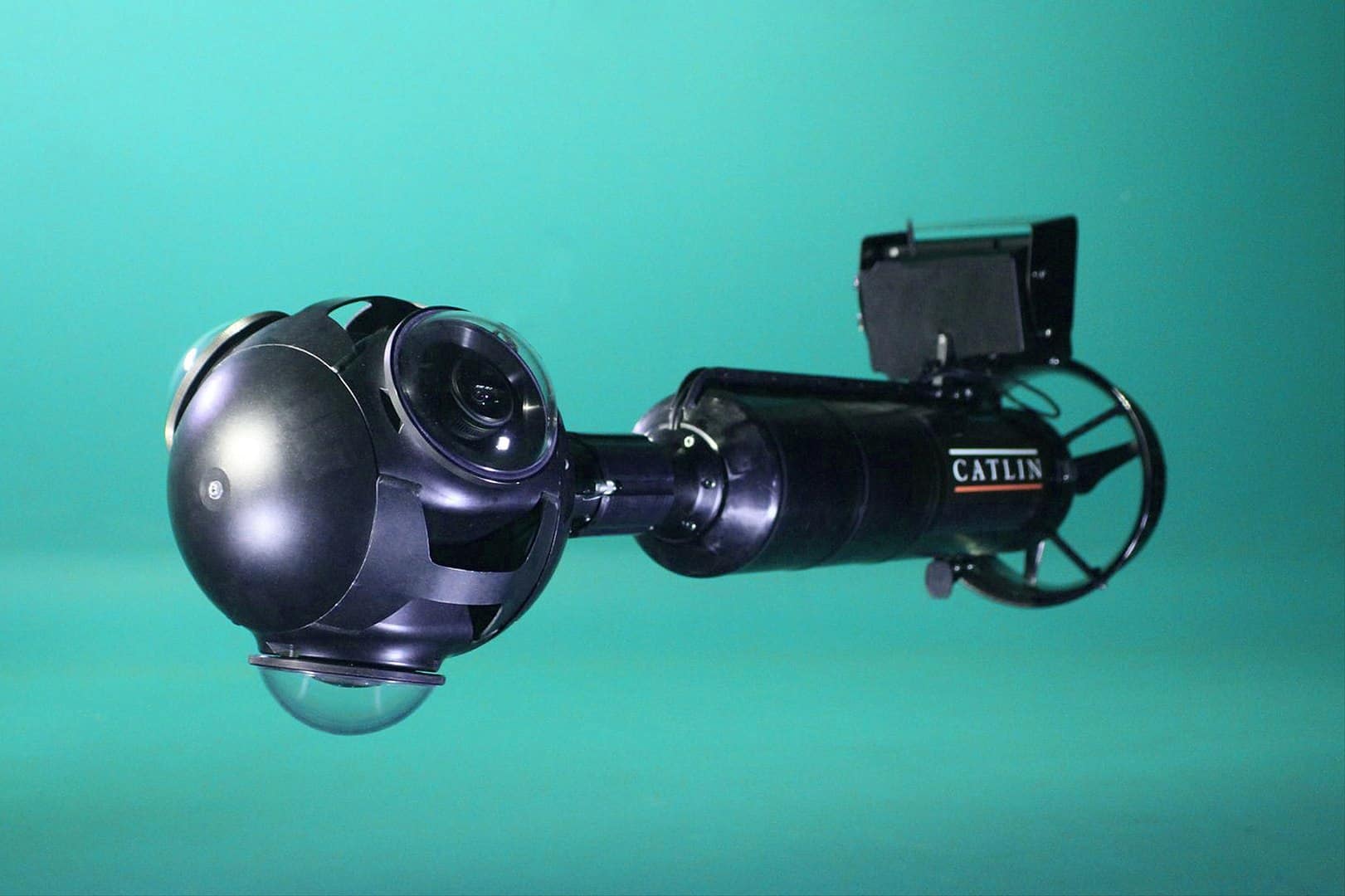
Scientists made a DNA survey of the lake in 2018.
They came from several universities around the world: Otago in New Zealand, Copenhagen in Denmark, as well as Hull, and the Highlands and Islands in Britain. They took random samples from around the lake, studying the DNA of all the life in it.
The findings went public in 2019, with the scientists finding no DNA from any large fishes in the lake. They also found no signs of seal, otter, or reptile DNA. That said, they did find an unusually high amount of eel DNA in the lake, which could come from either very large eels, or from a large population of small or average eels.
Some scientists also believe monster sightings could just involve misidentified animals.
Otters, most commonly, Loch Ness, have a large population of otters. Other possible animals include Wels catfish, especially with regard to sightings from the 19th century. Eels make up another possibility, with many experts believing that historical sightings of a dragon or a serpent in Scottish lakes and rivers actually look like very large eels. Elephants also make up a possibility, especially when traveling circuses used to pass by the lake, as elephants could bathe in the lake, and get misidentified from a distance.
Other phenomena could also have resulted in supposed monster sightings.
Rotting tree trunks floating in the lake could make up a large number of supposed monster sightings. Even supposedly quick bursts of speed could only result from gases exploding from inside the trunk produced by rotting wood.
Loch Ness also stands on a fault, the Great Glen, and underwater earthquakes could also release gases that make it look like a large animal moving on the surface.
The first hoaxes involving the creature took place in the 1930s.
Italian journalist Francisco Gasparini published one of the earliest news articles about the Loch Ness Monster back in 1933. However, he admitted in 1959 that he only did so as an excuse to write a long article that would surely net a big audience.
Marmaduke Wetherell, the man behind the Surgeon’s Photograph, also became the victim of a hoax. An experienced big-game hunter, Wetherell went looking for the monster in the 1930s, and eventually claimed to have found its footprints. Unknown to him, a prankster had faked the footprints, using an umbrella stand shaped like a hippo’s foot. They then leaked the story to the Daily Mail, humiliating Wetherell and leading to his scheme behind the Surgeon’s Photograph.
John Shields staged an elaborate hoax in 1972.
In that year, a team of zoologists from the Flamingo Park Zoo in Yorkshire went looking for Nessie. They found a body floating on the lake, measuring over 5 meters long, and weighing over a ton. The zoologists claimed the body was brown with scales and claw-like fins, as well as a bear’s head. However, the police stopped the zoologists’ attempts to take it away for identification, based on a law that banned the removal of unknown animal bodies from Loch Ness. The investigation later revealed that Flamingo Park’s education officer, John Shields, had mutilated a bull elephant seal before dumping the body in the lake to dupe his colleagues.
Various hoaxes have also taken place in the 2000s.
In 2003, Gerald McSorely discovered a fossil of some kind after accidentally falling into the lake. After investigation, though, experts found that someone had planted the fossil into the lake to mislead anyone who found it. In 2004, a TV team built a robot dinosaur model which they put in the lake, as part of a documentary. At least 600 reported sightings of Nessie resulted from sightings of the robot around the lake.
Some cryptozoologists believe Nessie as a plesiosaur.
These claims go back to the 1930s, but which experts dismiss, as the plesiosaur went extinct along with other dinosaurs 65 million years ago. They also point out how Loch Ness only formed around 10,000 years ago, so even if plesiosaurs survived to the modern-day, they could never have reached the lake. There’s also the plesiosaur’s bone structure, which could never allow the animal to lift its lake out of the water.
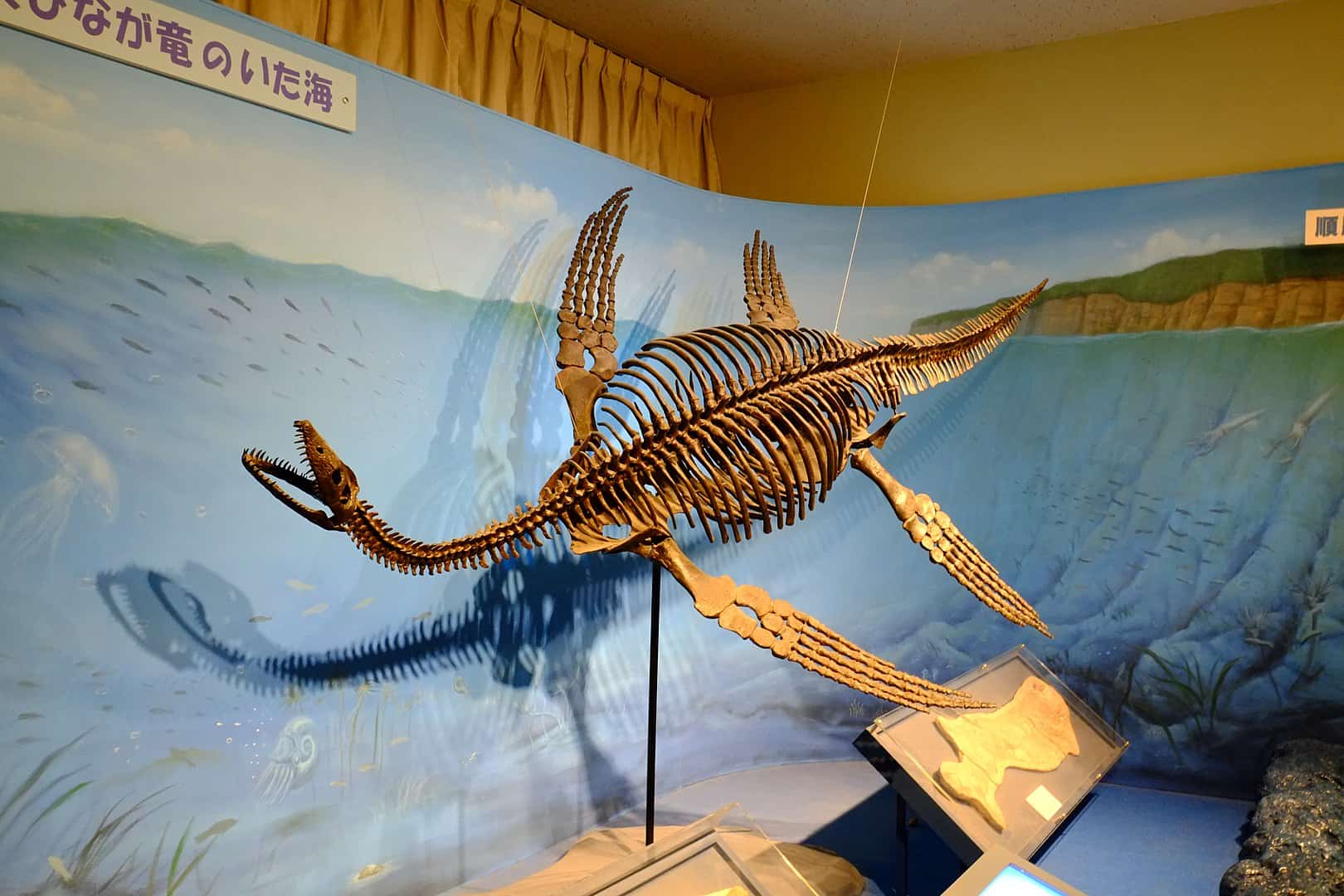
A few cryptozoologists also theorize Nessia as an invertebrate.
Here’s another strange but true example of Loch Ness Monster Facts. British journalist F.W. Holiday first brought up the theory in 1968, based on how people in the Middle Ages called dragons worms. According to Holiday, “Nessie” might actually turn out as an example of a bristle worm, which would explain how it appears on both land and sea, as well as the unclear shape of its back. Experts reject this, finding this even less likely than a dinosaur living in Loch Ness.
Was this page helpful?
Our commitment to delivering trustworthy and engaging content is at the heart of what we do. Each fact on our site is contributed by real users like you, bringing a wealth of diverse insights and information. To ensure the highest standards of accuracy and reliability, our dedicated editors meticulously review each submission. This process guarantees that the facts we share are not only fascinating but also credible. Trust in our commitment to quality and authenticity as you explore and learn with us.

